 What does clutter look like to you? Is it piles of mail on the counter? Maybe it’s stacks of papers on the desk? Could it be that every drawer is a junk drawer? Perhaps it’s the layers of stuff that are hiding the dinning room table? Or maybe, it’s the garage that cars can’t fit into? Although clutter looks different for everyone, it is usually a result of two things, indecision and inaction.
What does clutter look like to you? Is it piles of mail on the counter? Maybe it’s stacks of papers on the desk? Could it be that every drawer is a junk drawer? Perhaps it’s the layers of stuff that are hiding the dinning room table? Or maybe, it’s the garage that cars can’t fit into? Although clutter looks different for everyone, it is usually a result of two things, indecision and inaction.
Clutter, as indecision, looks like this: We bring the mail in on Monday, and can’t decide what to do with something. So we put it to the side to decide on later. On Tuesday, the same things happens, and then the same thing happens on Wednesday. It keeps happening until there is a mountain of mail that we don’t know what to do with.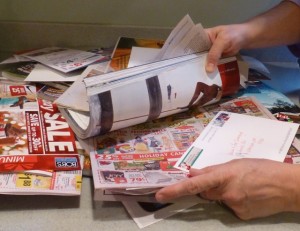
Clutter, as indecision, also looks like this: We just received a new coffee maker as a gift. The old one is still good, so we put it in the basement for now, with the intention of making a decision on it later. Next thing we know, 5 years has gone by and the coffee maker is still in the basement along with a bunch of other stuff that is waiting to be decided upon.
Clutter, as inaction, looks like this: When getting dressed in the morning the zipper breaks on the pants we want to wear. No time to deal with them now, so they get tossed on the bench at the end of the bed. At then end of the long day, we undress. To tired to deal with the dirty clothes, so they get tossed on the bench. Before we know it there is a pile of clothes on the bench.
Clutter, as inaction, also looks like this: We bring home the groceries, but we’re having trouble fitting them into the pantry, because it is already stuffed with food. We know some of that food may be old, outdated, or expired, but we haven’t taken the time to weed it out. So the new groceries gets left out on the counter or kitchen floor.
 No matter what clutter looks like for you, one of the best ways to combat it is to schedule time to make decisions and take action. However, making decisions and taking action requires discipline, brain power, physical stamina, and emotional effort. That is why it’s best to devote some time daily to dealing with clutter. Instead of trying to squeeze it in, schedule time to attack it.
No matter what clutter looks like for you, one of the best ways to combat it is to schedule time to make decisions and take action. However, making decisions and taking action requires discipline, brain power, physical stamina, and emotional effort. That is why it’s best to devote some time daily to dealing with clutter. Instead of trying to squeeze it in, schedule time to attack it.
Another way to combat clutter is to continually weed out what we don’t want, need, or use so that it doesn’t get in the way of what is useful and important. A helpful way to do this is to have an exit strategy for the items we’re getting rid of. There are many places to donate, recycle, or re-purpose. If you need some suggestions, please ask me.
©November 2017 Janine Cavanaugh, Certified Professional Organizer® All Rights Reserved
 In a gift giving situation, I do my best to give a gift that will not add to someone’s clutter. I call these gifts, organizer friendly gifts. I give intangible things, like tickets to events, memberships to museums, gift certificates to restaurants, and gifts of time. Another option is to give things that get used up, like bath and beauty products, food baskets, and liquid refreshment.
In a gift giving situation, I do my best to give a gift that will not add to someone’s clutter. I call these gifts, organizer friendly gifts. I give intangible things, like tickets to events, memberships to museums, gift certificates to restaurants, and gifts of time. Another option is to give things that get used up, like bath and beauty products, food baskets, and liquid refreshment.

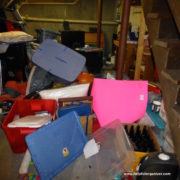
 What does clutter look like to you? Is it piles of mail on the counter? Maybe it’s stacks of papers on the desk? Could it be that every drawer is a junk drawer? Perhaps it’s the layers of stuff that are hiding the dinning room table? Or maybe, it’s the garage that cars can’t fit into? Although clutter looks different for everyone, it is usually a result of two things, indecision and inaction.
What does clutter look like to you? Is it piles of mail on the counter? Maybe it’s stacks of papers on the desk? Could it be that every drawer is a junk drawer? Perhaps it’s the layers of stuff that are hiding the dinning room table? Or maybe, it’s the garage that cars can’t fit into? Although clutter looks different for everyone, it is usually a result of two things, indecision and inaction.
 No matter what clutter looks like for you, one of the best ways to combat it is to
No matter what clutter looks like for you, one of the best ways to combat it is to 
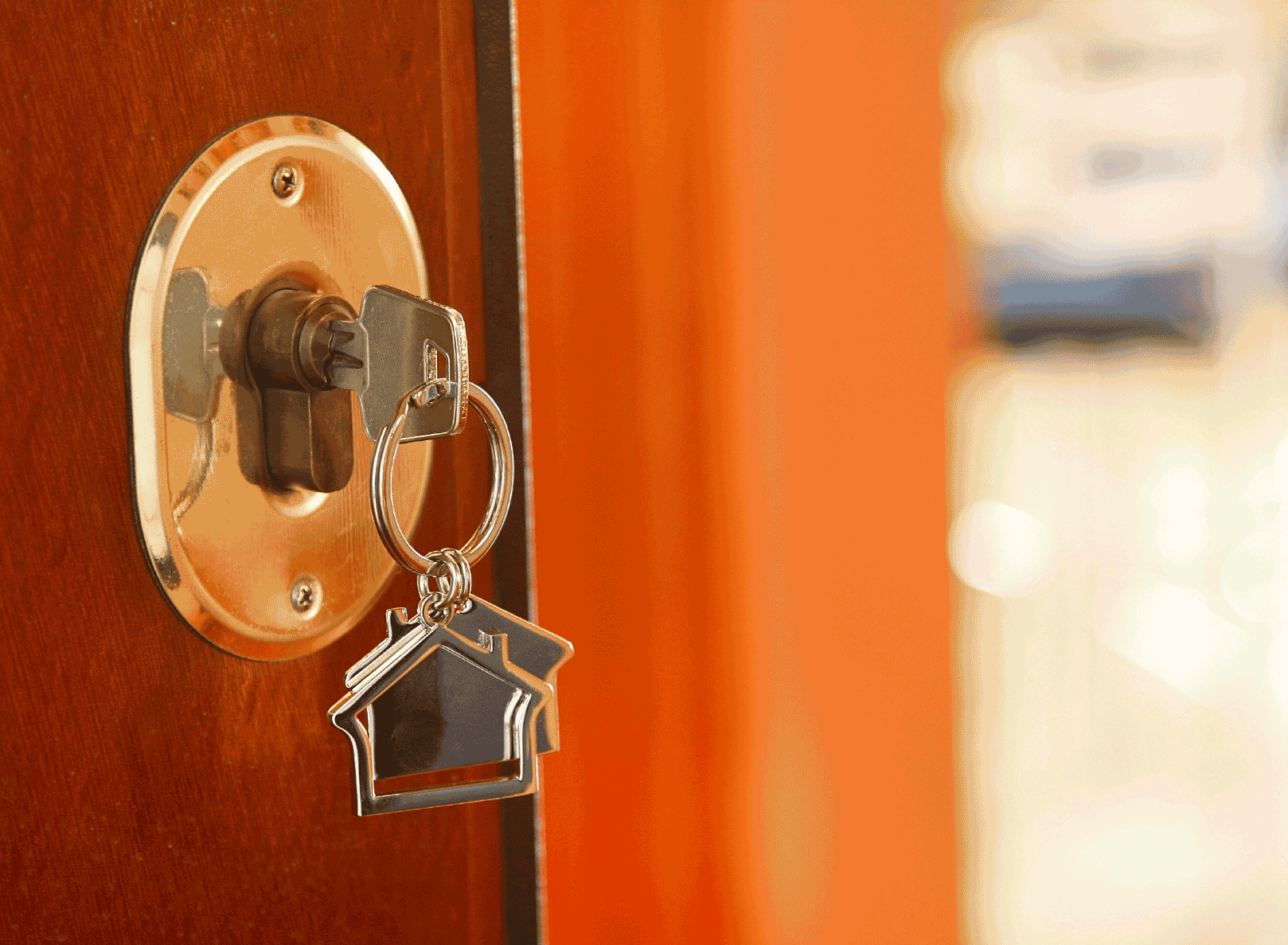
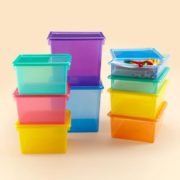
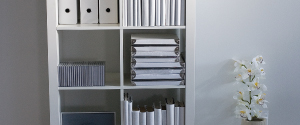


Follow Me